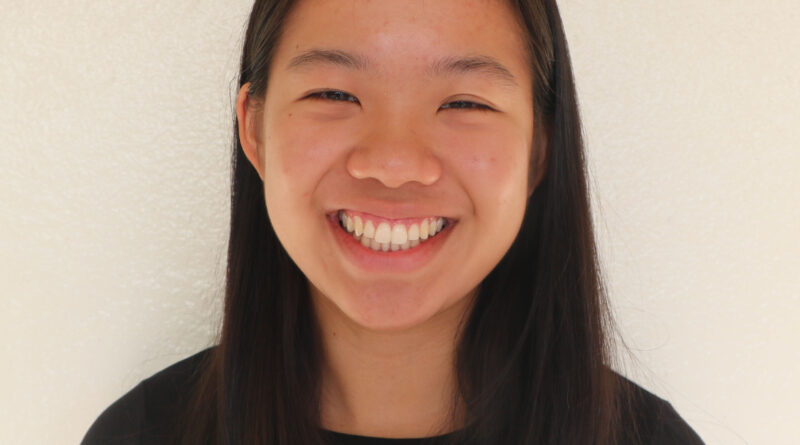Canvas and Code: The Irreplaceable Human Aspect of Art Amidst AI
With the emergence and use of artificial intelligence tools integrating themselves into various facets of our lives, AI has unsurprisingly found its way into the arts. The future of AI and art has stirred controversy and concerns about whether AI could undermine the very human essence of art itself, and whether AI will negatively impact the art industry in the near future. However, despite its innovative capabilities, AI will not replace the ingenuity that human artists bring to the canvas.
“Unlike a lot of people, I don’t think AI will end up replacing art. Those who think AI is an easy replacement likely never appreciated art in the first place. Those who do will be able to recognize the difference between art that is born from hours and hours of hard work and creativity versus work generated by simply compiling images from the internet,” explained junior Laina Zhang, who creates both traditional and digital art.
The fundamental difference between AI and human creators is that human artistic expression is infused with emotion, experiences, and most of all, creativity. Creativity is a human trait that thrives in imaginative, artistic minds, and the artistic process relies on unpredictable leaps of artistic innovation, spontaneous brushstrokes, and moments of inspiration that an AI algorithmic data pattern simply can’t create.
“Artists can form their own ideas and opinions, but AI can’t, so naturally, the art won’t be as good as a humans’ would be,” added junior Frances Lee, an art student both in and out of CVHS.
“I don’t think it [AI] can substitute the weirdness that comes out of a human brain. Coming up with those unique ideas is something inherently human,” remarked Jennifer Parker, Fashion Design and Beginning Studio Art teacher.
While it’s evident that AI lacks the intrinsic creativity and depth that human artists infuse into their work, the ethical issues of AI pieces also reveal the intricate dance between code and imagination.
“What upsets me is when I see AI that is generated by machines simply compiling images from other artists without their consent. Essentially the AI stole from artists who will now go unappreciated,” noted Zhang.
AI generators are taught with already published art so the algorithms can find patterns and styles, but in doing so, existing styles are mimicked, which would lead to a world where the line between genuine artistic expression and AI-generated mimicry becomes more blurred.
A solution I propose is not classifying AI-generated work as “art.” It is an insult to the artists who create beautiful pieces with skill, experience, and raw imagination, as AI has the amplified ability to steal property and recreate on a huge scale, lacking all of the emotion that goes into the creative process.
Oxford Language Dictionary defines art as “the expression or application of human creative skill and imagination.” If our own definition of art defines it as a concept that is entirely human, why are we trying to make AI images something they’re not?


Another reason why AI cannot replace artists professionally is a law was ruled this year declaring AI artwork as unable to be copyrighted which would pose an issue for any company using AI art in business. Additionally, everything AI can do is because of art theft on a massive scale and its unethical practice deters associations with companies that get backlash for using AI.